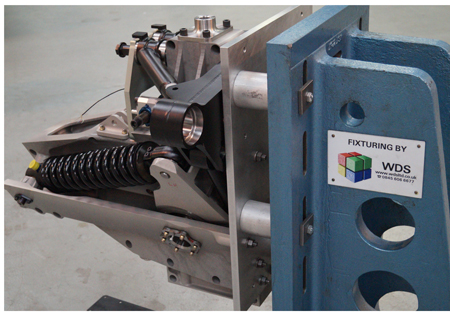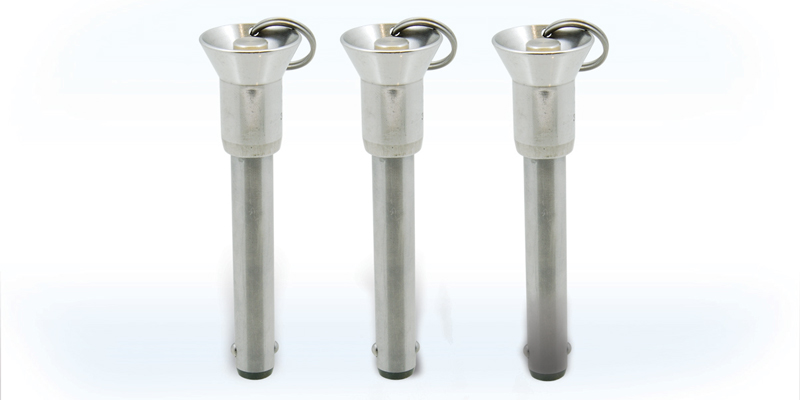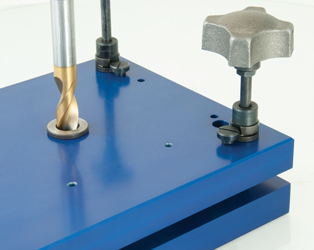What to do when even the fast lane is too slow?
The excitement builds as we reach a half-way point in this year’s Formula 1 season. There’s finally multi-team battle for the WDC thanks to significant changes to the rule book which have dramatically altered the cars; making them faster and changing their appearance. Phil Holyome of engineering components specialists WDS Component Parts takes us behind the scenes for a technical pit stop.
For 2017, Formula 1 had one of its biggest rule changes in 20 years, meaning this season’s cars look significantly different to any that have come before. More aggressive in appearance: the cars are wider and sit on bigger tyres, changing the aerodynamics and down force grip. They are faster, harder to drive and more exciting to watch.
Of course, behind all the hype and hyperbole, a huge amount of engineering goes on. Developing the next generation of Formula 1 car is not a quiet off-season project, but a high intensity undertaking that can take 18 months or more. As well as designing the new vehicle to be as fast as possible, it has to be built to incredible levels of precision and fully tested under every extreme circumstance the FIA can imagine.
The UK has long been the spiritual home of F1, with many teams (historic and current) based in the country. As a leading supplier of standard parts and workholding solutions, WDS has worked closely with several. It has also worked in the myriad other types of motorsport, such as rally cross, historic and truck racing and is a regular exhibitor at the annual Autosport show.
All the engineers involved in motorsport at any level have tremendous enthusiasm and commitment, while those at the pinnacle of F1 also show the fanatic attention to detail that turns marginal technical gains into race winning cars.
One of the regular projects WDS works on is developing fixturing to aid the machining of parts for engines, gearboxes and other critical elements of the car. As with designing a jig or fixture for any machining operation, the workpiece must be held securely, but in a manner that allows free access for the tools, drills etc. Also ease of mounting and dismounting the workpiece must be taken into consideration.
So far so normal. The difference comes with F1’s requirement for ultra-precision; default accuracy is at micron level, one-thousandth of a millimetre.
To achieve this level of accuracy WDS often has to develop special locators and use them in conjunction with bespoke base plates so that the workpieces are held so securely that they do not move in the slightest under the load from the tools.
For some of the F1 teams WDS will develop complete engine and gearbox fixturing systems, while others prefer to simply buy the parts from the catalogue then build an in-house expertise. Either way, the parts and/or assemblies supplied must be up to the job and WDS’s expert engineers must always be available at short notice.
WDS also builds a number of special machines and test rigs each year for various teams across several race series. As would be expected, these are often to test very specific characteristics of in-car equipment and the speed requirements can be nothing short of mind boggling.
Of equal importance, if rather less glamorous, WDS supplies a large number of motorsport teams with standard engineering components for building supporting equipment such as wheeled tool cabinets and trolleys for transporting engines, gearboxes and tyres.

While these may not represent the cutting edge of engineering and design, they have to be reliable – especially considering how they may be treated when being transported from track to track, or when the pressure is on for a perfect, race-winning pit stop. They must also be designed to be ergonomic and easy to use (imaging the response if a critically important tool was too hard to reach, or if a mechanic strained their back just before a race stretching to lift a heavy component).
 Another field of motorsport that WDS is delighted to support is Formula Student, particularly the young engineers at Liverpool University. Formula Student is a well-established and highly respected educational engineering competition and a testing ground for the next generation of world-class engineers. Run by the Institution of Mechanical Engineers in London and supported by many illustrious organisations and individuals, it challenges university students from around the world to design and build a single-seat racing car, which is then put to the test at the Silverstone Grand Prix Circuit.
Another field of motorsport that WDS is delighted to support is Formula Student, particularly the young engineers at Liverpool University. Formula Student is a well-established and highly respected educational engineering competition and a testing ground for the next generation of world-class engineers. Run by the Institution of Mechanical Engineers in London and supported by many illustrious organisations and individuals, it challenges university students from around the world to design and build a single-seat racing car, which is then put to the test at the Silverstone Grand Prix Circuit.
The student engineers find it a real challenge, and usually do it as part of their degree studies. It gives them a taste of the exciting worlds of high performance engineering and adrenaline fuelled motor racing, and lets them showcase their talents to potential employers.
From a WDS perspective, the business is delighted to be doing its bit to bring on the next generation of world class auto engineers, as well as supporting today’s top motorsport teams.







